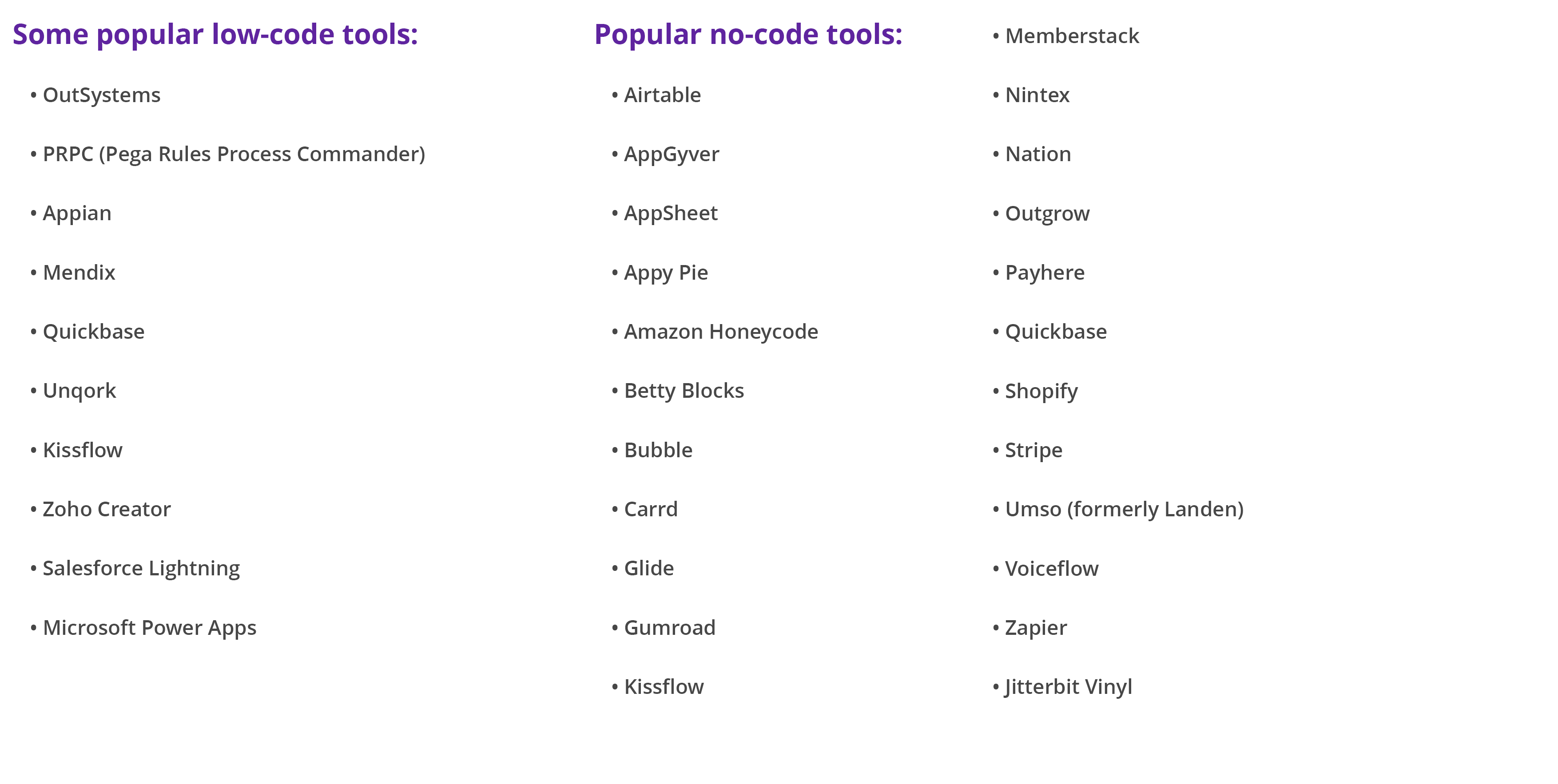In brief
- “AI Cornerstones” is a straight talking series of blogs that turns AI hype into business action. Our aim is to help CIOs and others create a comprehensive IT strategy that ensures their enterprise makes the most of AI developments
- Research shows that 25% of business applications are created using low-code technology. Gartner, Forrester and other reliable sources predict this will increase dramatically over the next 2-3 years
- Most users have access to multiple free, open-source or low-code applications. Therefore, ease of use is paramount and CIOs must provide a persuasive, low-code platform to improve the user experience
The recent AI explosion has triggered a re-evaluation of technology priorities.
In turn, CIOs need to re-assess their tech strategies and ask themselves three critical questions:
1. How will companies become credible competitors and avoid being left behind?
2. How will software be created using this technology and who will create it?
3. What new risks have been introduced?
An objective reply and immediate action will ensure your company remains relevant to clients by taking advantage of new and emerging technologies.
So, who’s going to create your future software?
Research shows that 25% of business applications are created using low-code technology, and 60% of low-code users are not from the IT department. Gartner, Forrester and other reliable sources predict these values will change dramatically over the next 2-3 years.

This acceleration is being driven by new AI technologies such as Gorilla, an open-source, large language model (LLM) that can write API calls, and Rabbit’s large action model (LAM) operating system (presented at CES 2024).
This is a significant and acknowledged trend — development beyond the IT department has always gone on. In fact, one of the CIO’s responsibilities is to eliminate the subsequent “shadow IT.” Nowadays, the role of citizen developer is recognized and encouraged via the low-code sandbox (activity outside the sandbox is searched for and eliminated).
Shadowy figures
The danger of unsupervised, untested and unregulated technology is evident. One client accepted orders via email attachments and then manually entered the data into SAP. Over time, a shadow IT industry emerged, involving Outlook, Excel macros and other desktop tools. Delays eroded customer satisfaction and hampered product launches as teams adjusted their shadow tech. This led to further delays and revenue loss.
Zoreza Global implemented a low-code automation solution to remove all manual steps and shadow tech, resolving revenue and customer satisfaction issues into the bargain.
Take action now
We anticipate a situation where users create most apps, and most users have access to multiple free and open-source, low-code applications. Therefore, ease of use is paramount, and CIOs must provide a persuasive low-code platform to improve the user experience.

Persuasive low-code automation ensures that users naturally gravitate to their IT system of choice, limiting development in unregulated platforms.
Mihir Chandra, Zoreza Global’s Head of Low-Code Platforms, believes, “Choosing a persuasive low-code platform with the correct investment profile and product strategy is central to cresting the rippling wave of user-developed applications.”
Dig a little deeper
To learn more about how organizations can take advantage of AI by redefining their technology strategy, visit our website or contact us.









